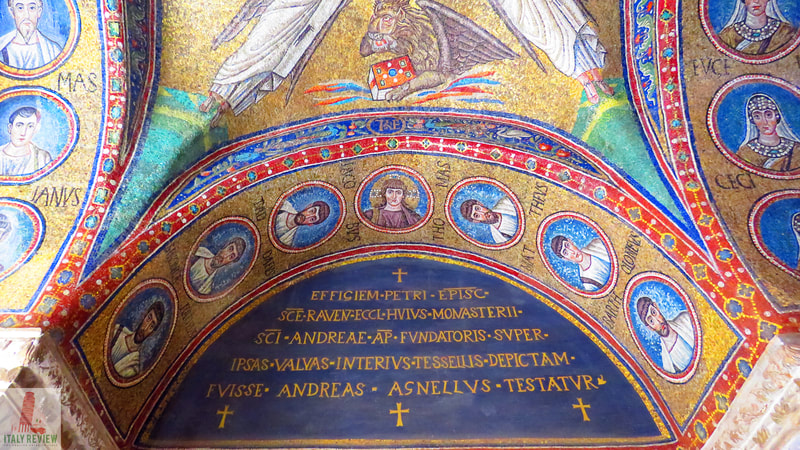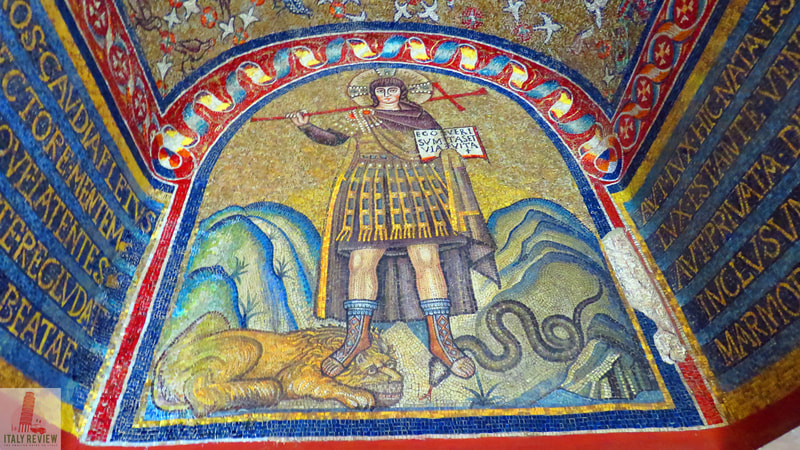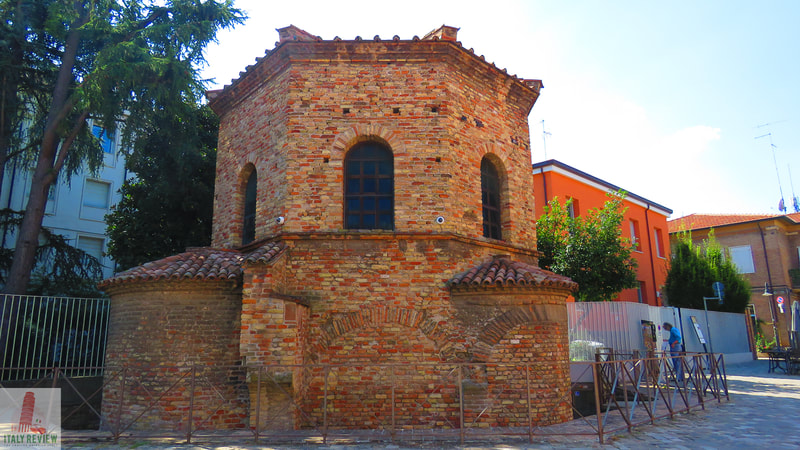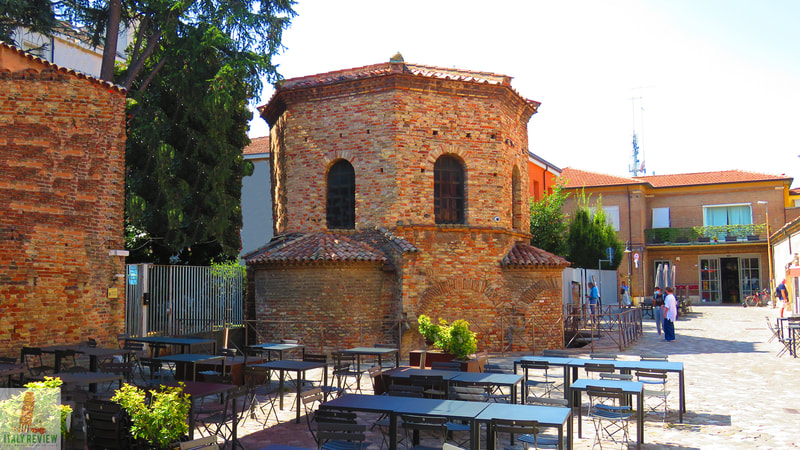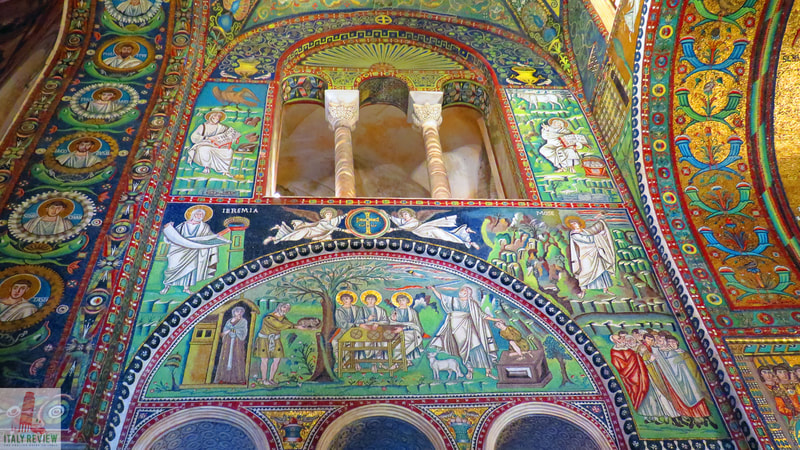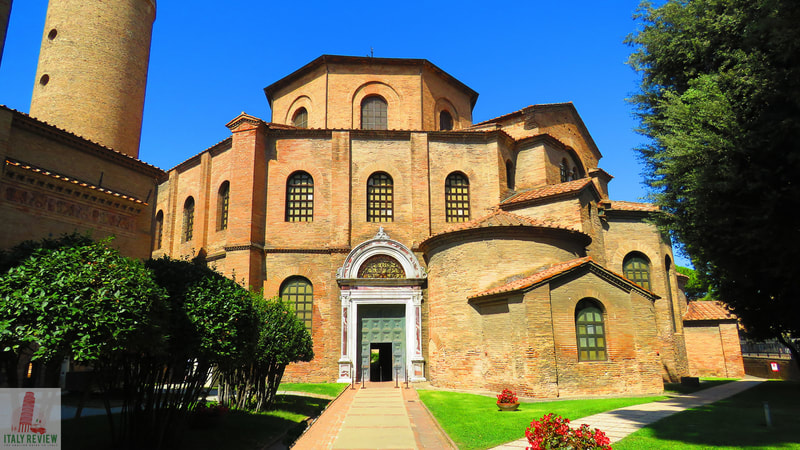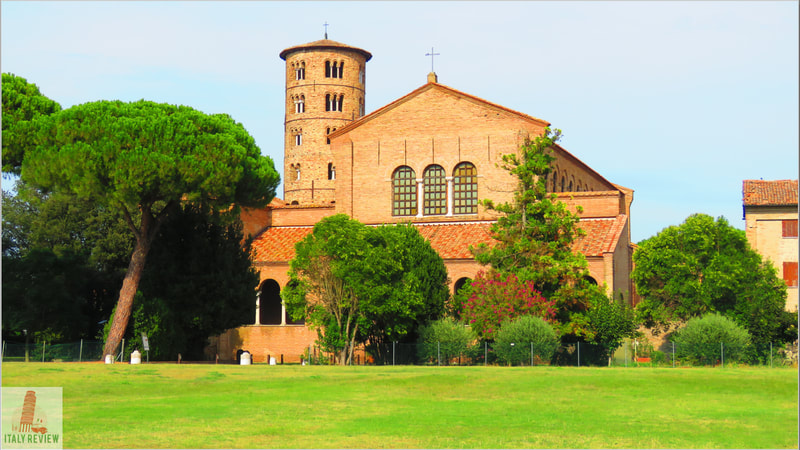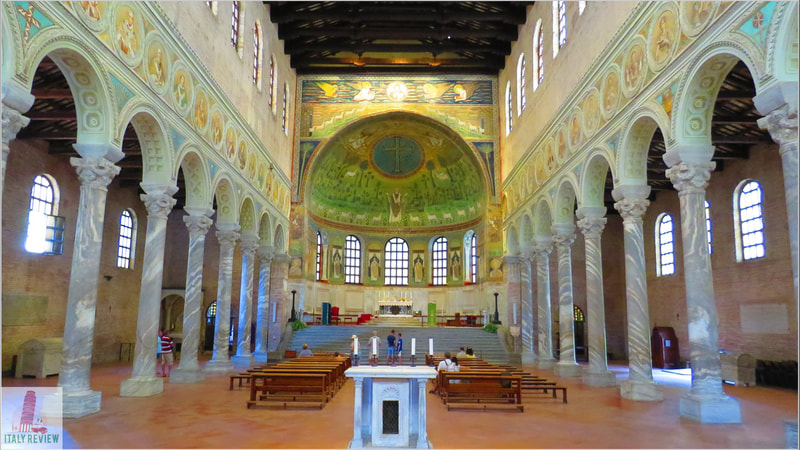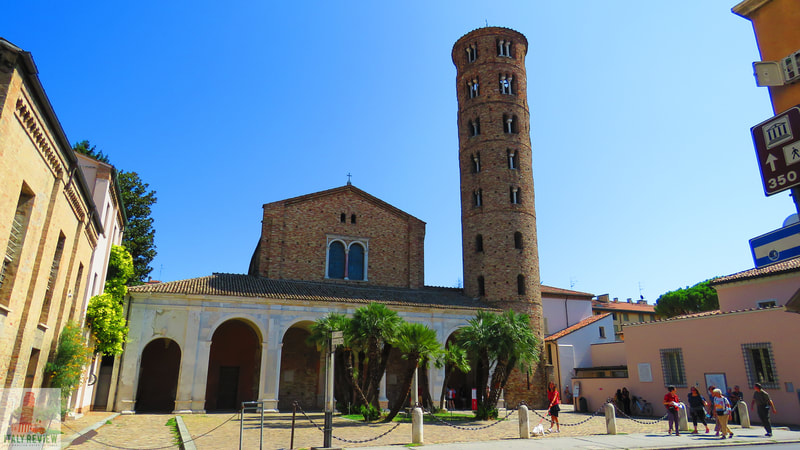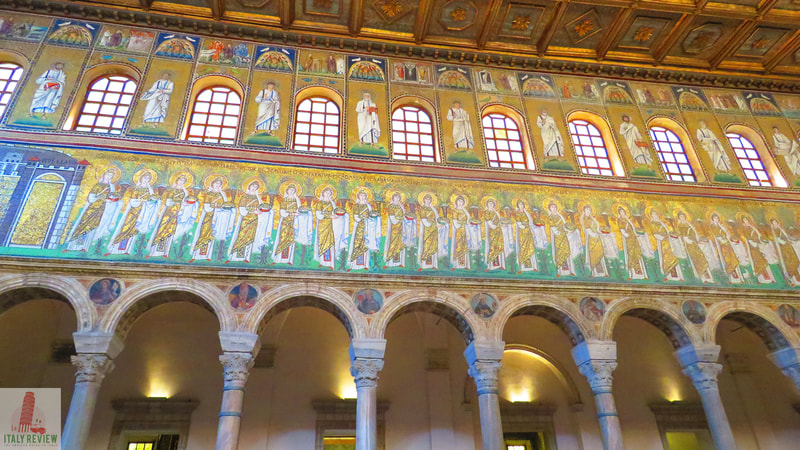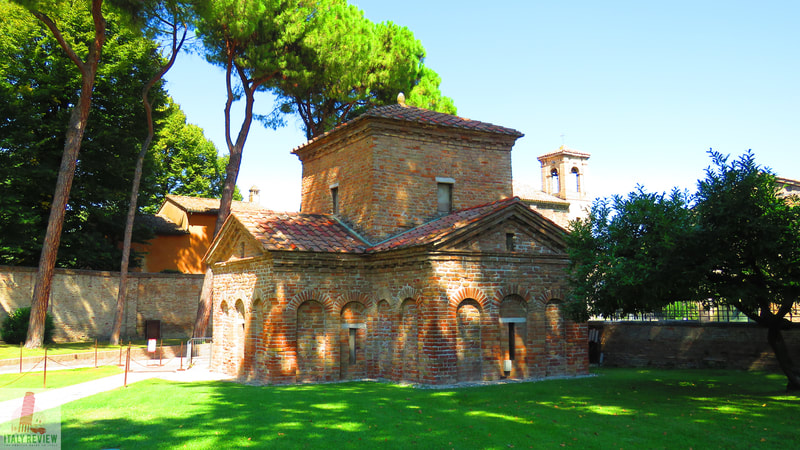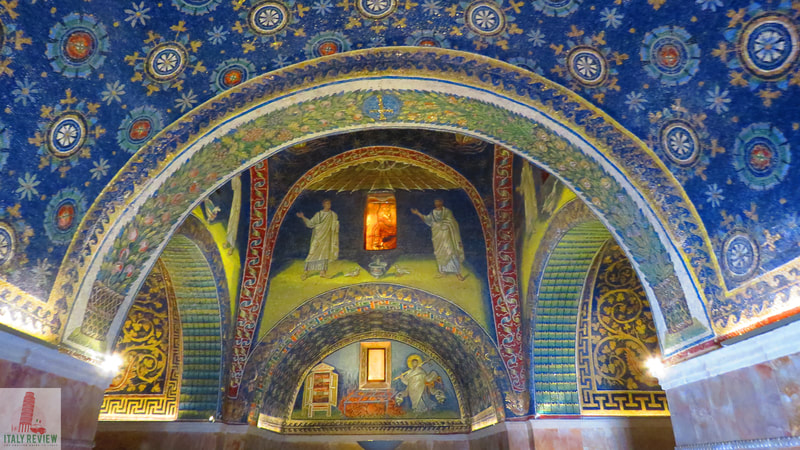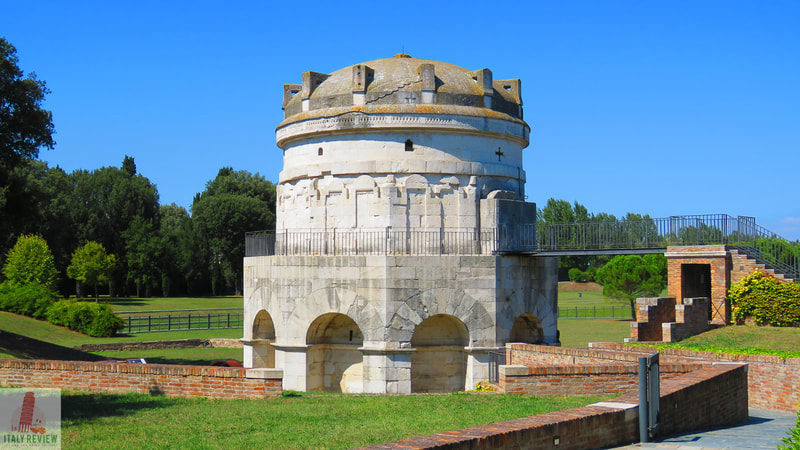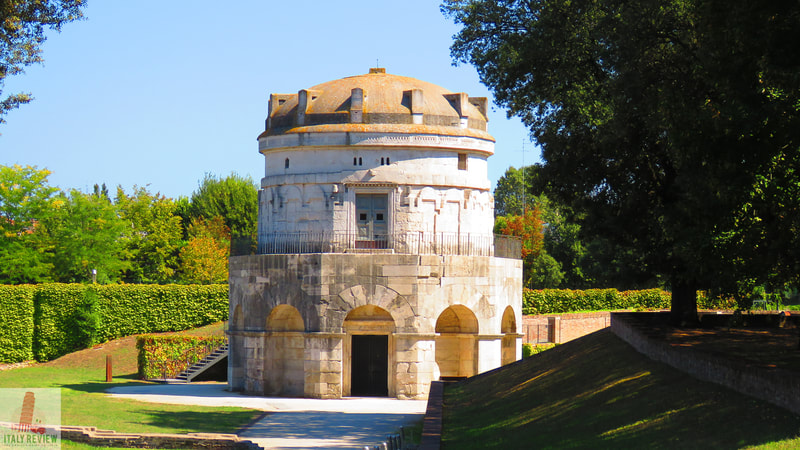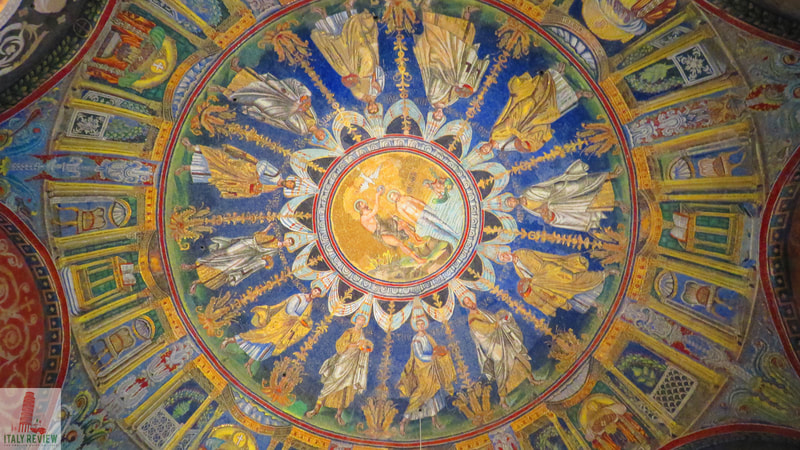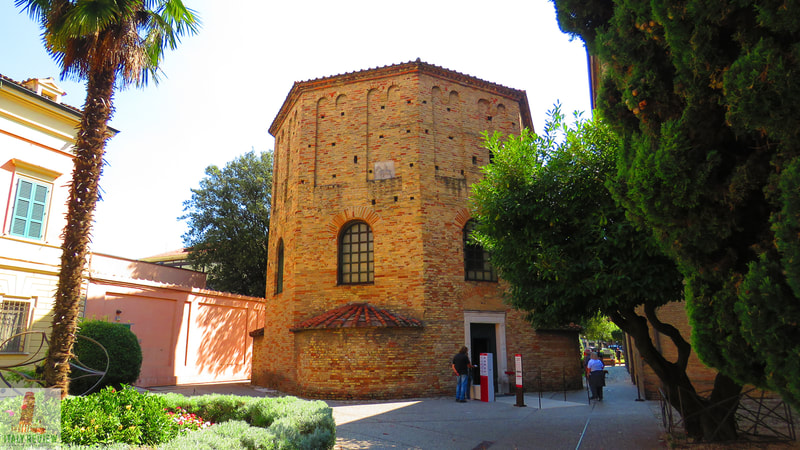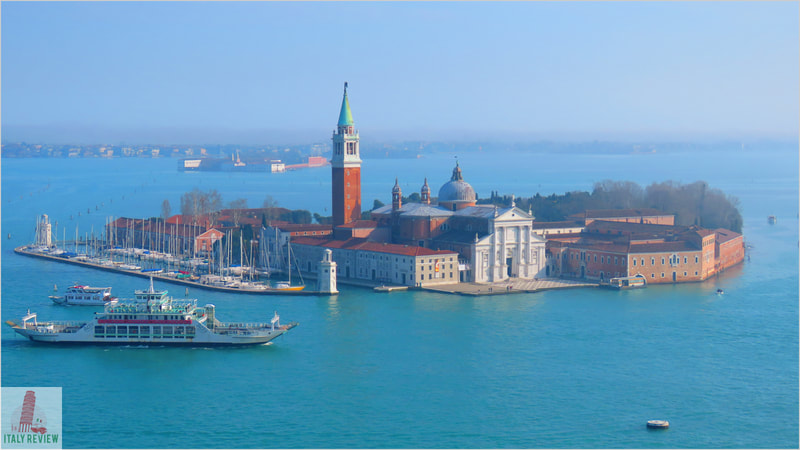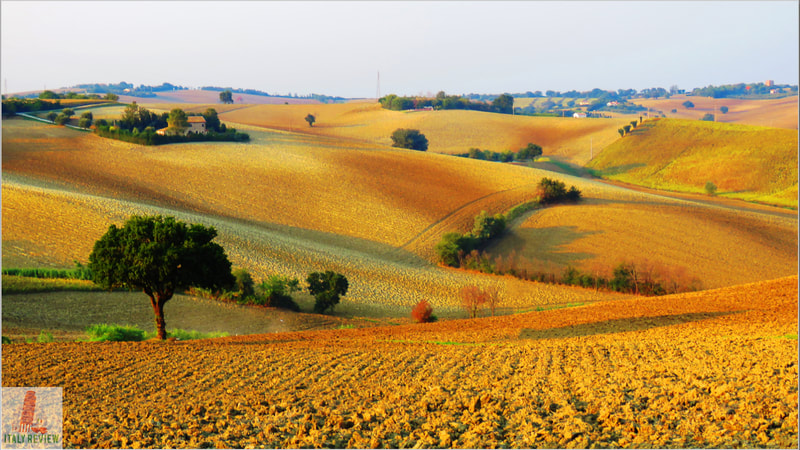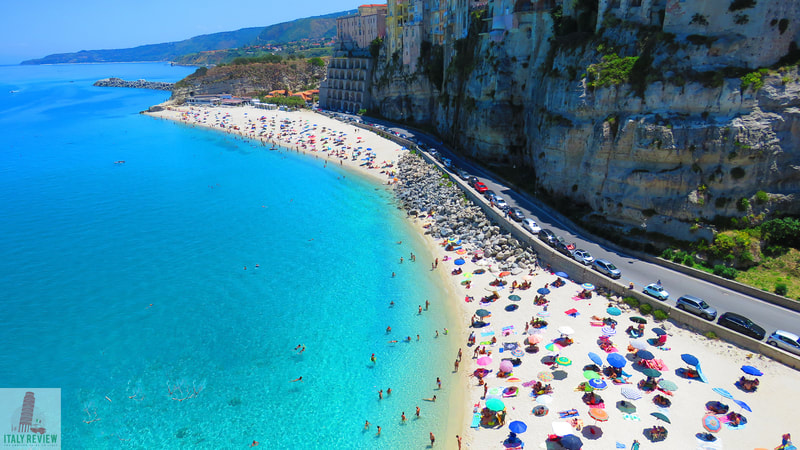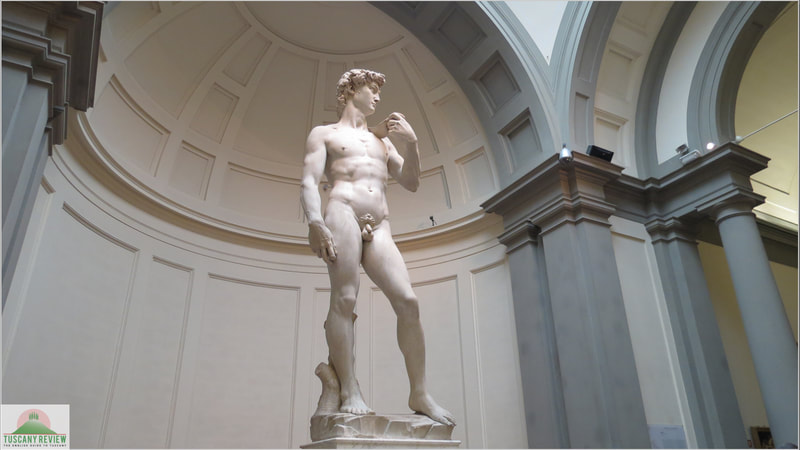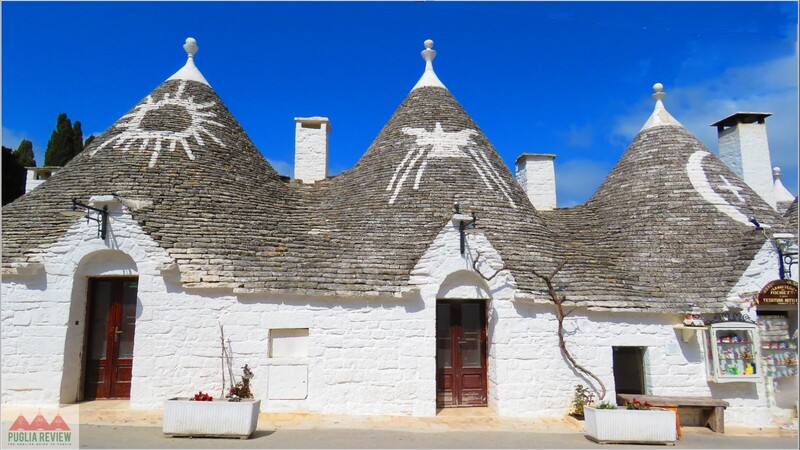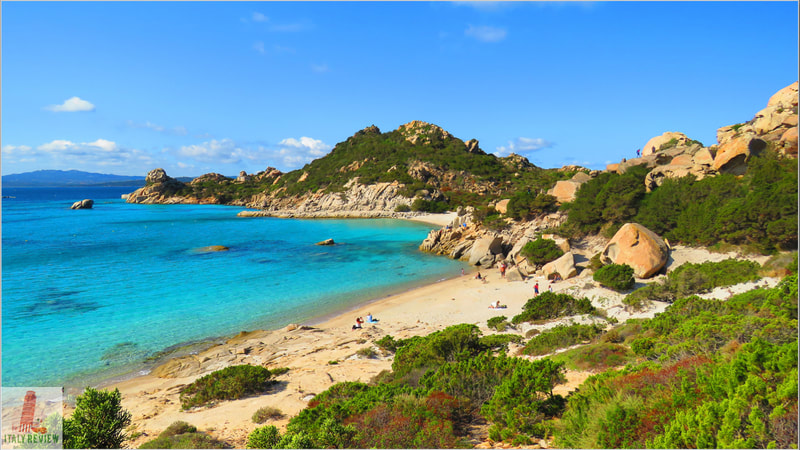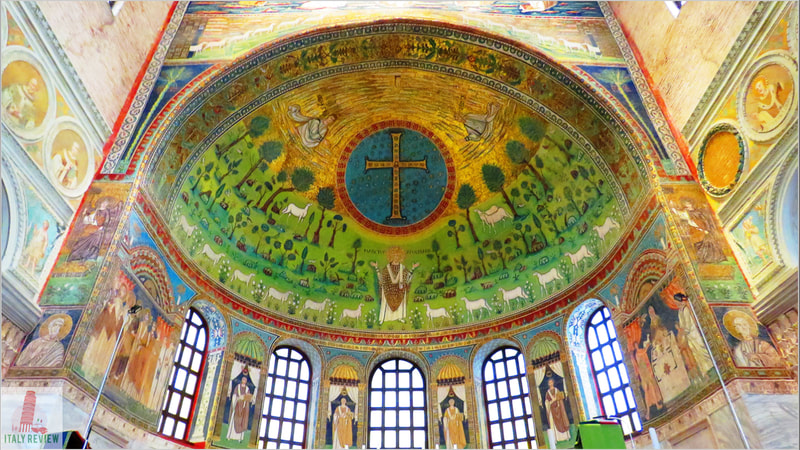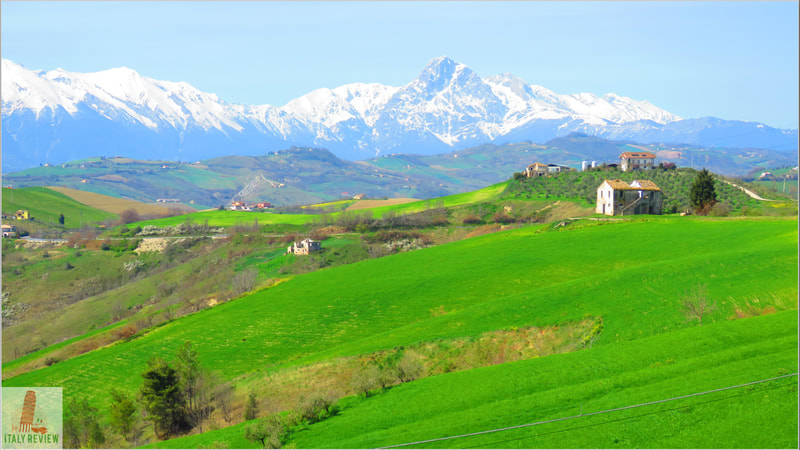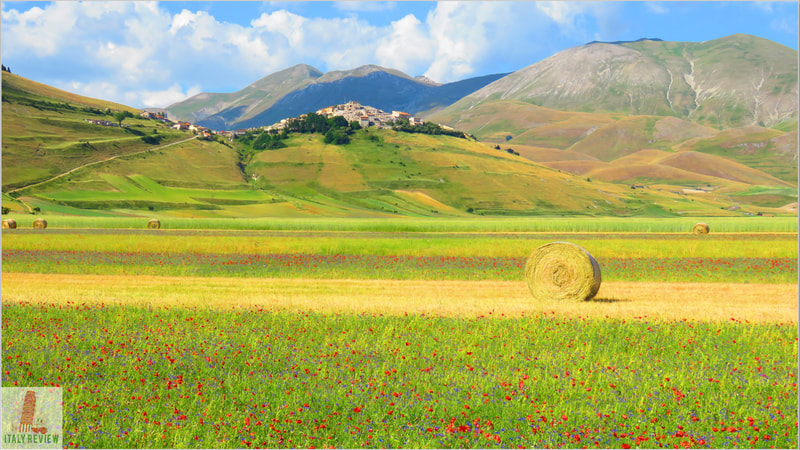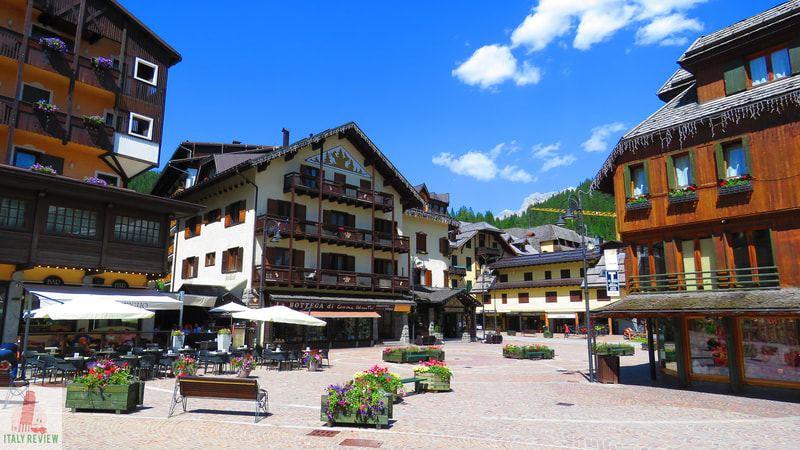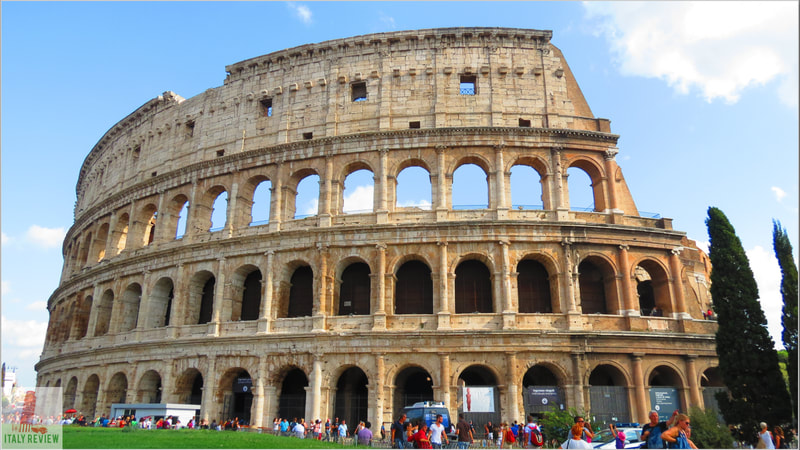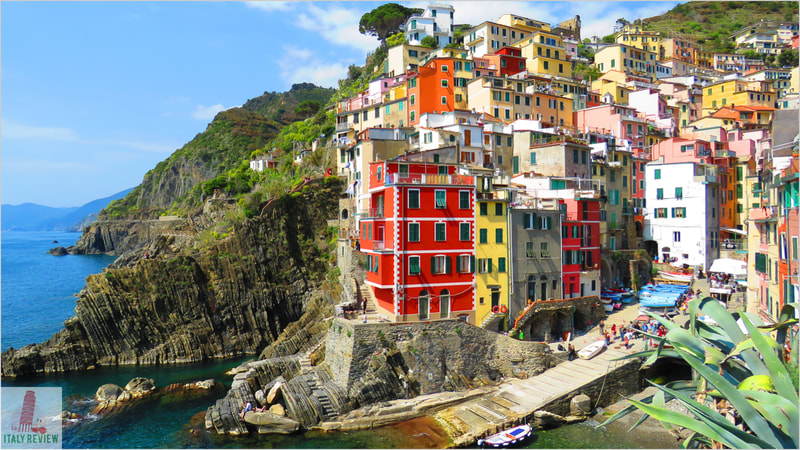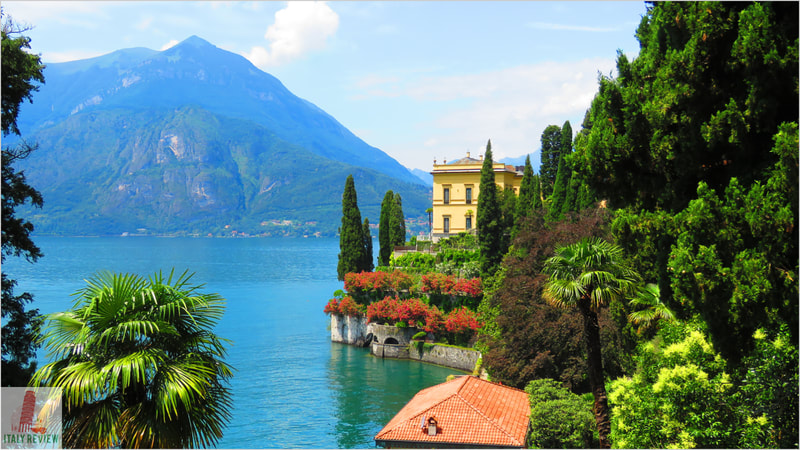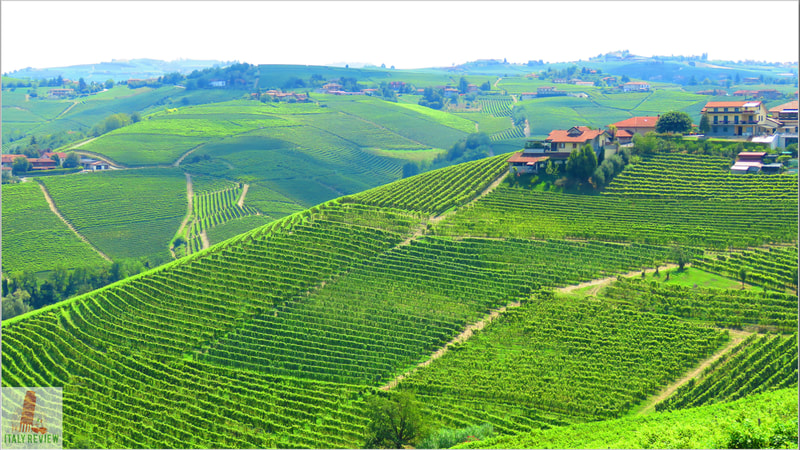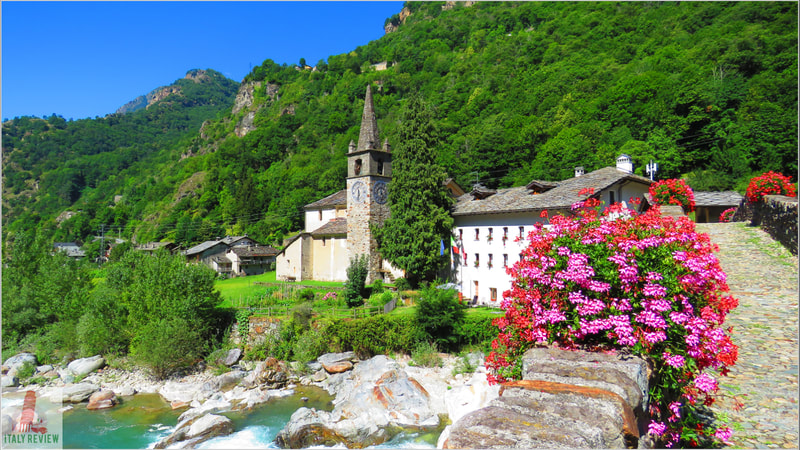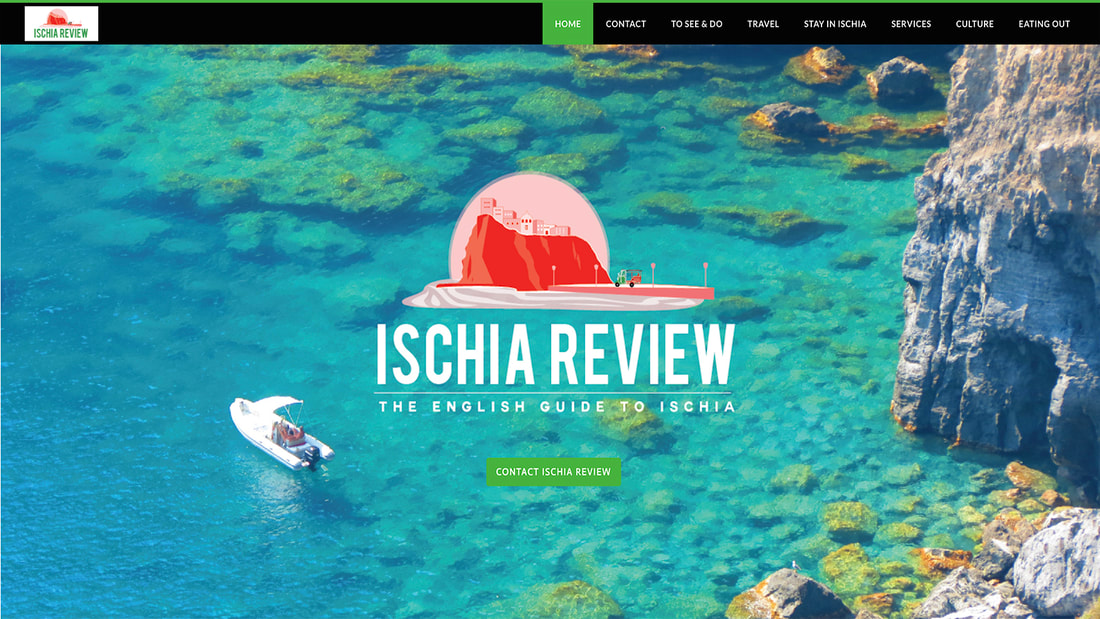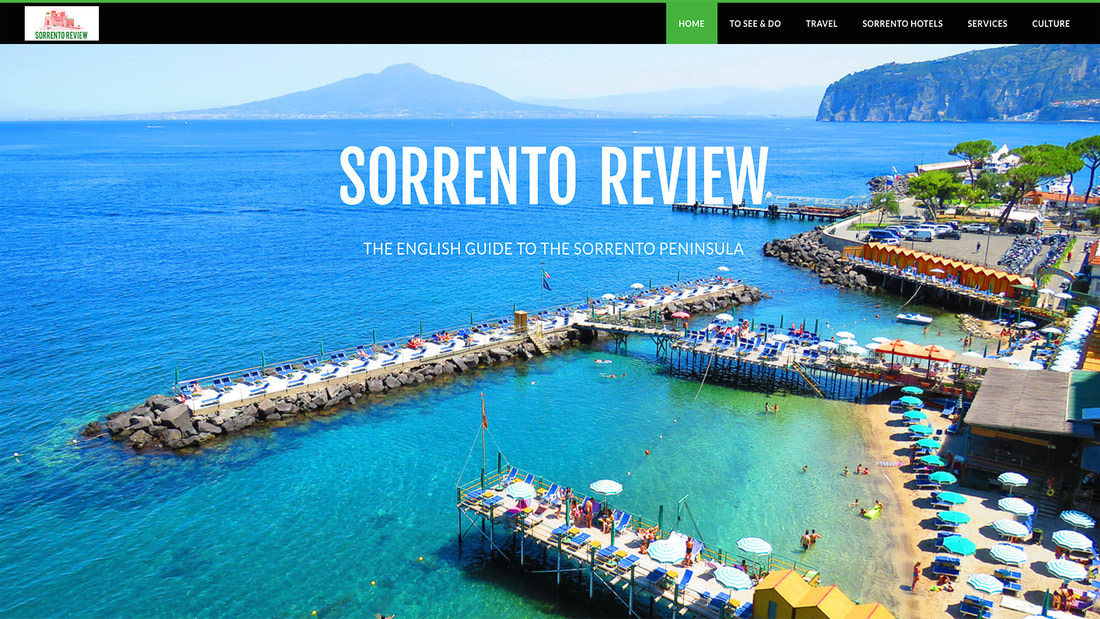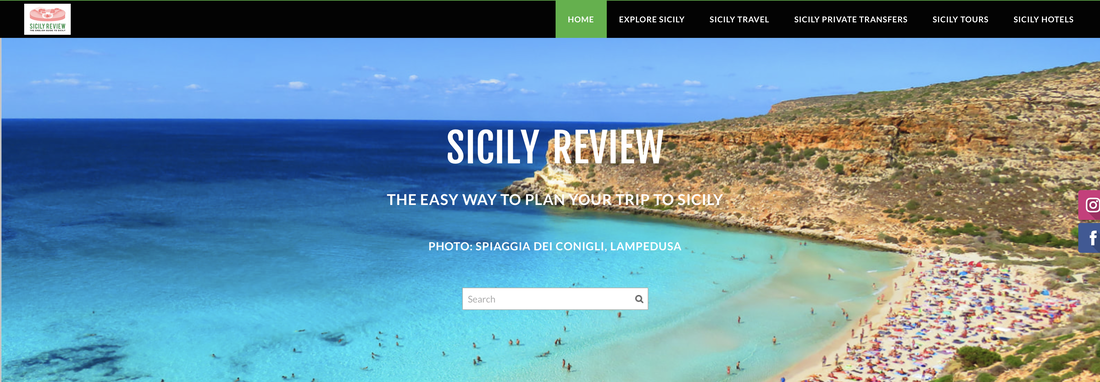Early Christian Monuments of Ravenna
|
By Dion Protani
|
Latest update: 9 January 2024
|
|
The Early Christian Monuments of Ravenna UNESCO World Heritage listing was confirmed in 1996. It consists of eight locations in the city which was the capital of the Western Roman Empire in the 5th century and later ruled by the Ostrogoths.
It is to this period and that of the Byzantines who followed in the sixth century, that the eight monuments on the list belong. These really are quite exceptional sites, which form the basis for an itinerary of Ravenna's extraordinary cultural heritage. Ranging from mausoleums to chapels, basilicas and baptisteries, all but one of the eight sites are decorated with exquisite interior mosaics. |
Related links
Profile
The Early Christian Monuments of Ravenna is a UNESCO World Heritage Site that encompasses a collection of ancient religious buildings and mosaics in the city of Ravenna, Italy.
These monuments are exceptional examples of early Christian art and architecture and bear witness to the city's significance as the capital of the Western Roman Empire during the late antiquity and the early Byzantine period.
These monuments are exceptional examples of early Christian art and architecture and bear witness to the city's significance as the capital of the Western Roman Empire during the late antiquity and the early Byzantine period.
History
During the 5th and 6th centuries AD, Ravenna served as an important political and cultural center for both the Western Roman Empire and the early Byzantine Empire. The city became a refuge for emperors and prominent figures seeking to escape political instability and barbarian invasions.
Under the rule of Theodoric the Great, an Ostrogothic king, and later, the Byzantine Emperor Justinian I, Ravenna experienced a flourishing period of art and architecture, particularly in the early Christian tradition. The construction of grand religious monuments and the creation of magnificent mosaic decorations became prominent features of the city's cultural landscape.
Under the rule of Theodoric the Great, an Ostrogothic king, and later, the Byzantine Emperor Justinian I, Ravenna experienced a flourishing period of art and architecture, particularly in the early Christian tradition. The construction of grand religious monuments and the creation of magnificent mosaic decorations became prominent features of the city's cultural landscape.
Key features
- Basilica di San Vitale: This grand basilica is renowned for its stunning mosaics, particularly the mosaic of Emperor Justinian and his retinue. It is an exquisite example of Byzantine architecture.
- Basilica di Sant'Apollinare Nuovo: This basilica features magnificent mosaics portraying the lives of Saints Apollinaris and Martin. The structure blends Roman and Byzantine architectural elements.
- Arian Baptistery: The Arian Baptistery, also known as the Baptistry of the Arians, was commissioned by Theodoric for Arian Christian worship. It exhibits a circular design and features early Christian mosaics.
- Mausoleum of Galla Placidia: This mausoleum, not actually the burial place of Galla Placidia, is renowned for its beautiful mosaics representing early Christian artistry.
- Neonian Baptistery: The Baptistery of Neon is one of the oldest monuments in Ravenna, featuring an octagonal structure and elaborate mosaics.
- Archiepiscopal Chapel: Also known as the Chapel of Sant'Andrea, this chapel is adorned with mosaics that depict scenes from the life of Christ.
Visitor information
- Cultural Heritage: The monuments are an exceptional testimony to the artistic and architectural achievements of the early Christian period in Italy.
- Mosaic Masterpieces: The mosaics in these monuments are among the finest examples of Byzantine art and are renowned for their intricate designs and vibrant colors.
- Historical Significance: The site provides insights into Ravenna's pivotal role in late antiquity and its importance as a center of political and religious power.
- Educational Experience: Guided tours and information boards are available to provide in-depth information about the history and significance of each monument.
- Accessibility: The Early Christian Monuments of Ravenna are centrally located, allowing visitors to explore them easily and efficiently.
- Local Cuisine: Tourists can enjoy traditional Italian cuisine at nearby restaurants, adding to the overall cultural experience.
UNESCO World Heritage Site
Early Christian Monuments of Ravenna
Year: 1996
Early Christian Monuments of Ravenna
Year: 1996
Is it possible to visit all eight sites in one day?
With a couple of the sites a little way out of the town centre, and seven kilometres away in the case of the Basilica di Sant'Apollinare in Classe, it's a challenge to see all eight in one day. Furthermore, the combined ticket that will gain you access to the Archiepiscopal Chapel, the Basilica di San Vitale, the Basilica di Sant'Apollinare Nuovo, the Mausoleum of Galla Placidia and the Neonian Baptistery, will not gain you access to the three remaining sites.
For the Arian Baptistery, the Basilica di Sant'Apollinare in Classe and the Mausoleum of Theodoric you need to buy different tickets. In all cases, you will be given a time slot with a time-limit on your visit according to the site. With the different opening times, particularly in the cases of the Mausoleum of Theodoric and the Arian Baptistery which close in the afternoons, along with the logistical considerations of getting to and from the Basilica di Sant'Apollinare in Classe, it's best to allow at least two days for an effective visit.
Buying tickets
As outlined above, there are essentially two groups of sites in terms of ticket purchase.
Group one
Archiepiscopal Chapel, Basilica di San Vitale, Basilica di Sant'Apollinare Nuovo, Mausoleum of Galla Placidia and Neonian Baptistery
A combined ticket of €12.50 purchased from here gains you access to all five sites in group one.
Group two
Arian Baptistery, Basilica di Sant'Apollinare in Classe and Mausoleum of Theodoric
Tickets for the three sites in group two can be bought here, along with a number of other sites including the Ravenna National Museum.
For the Arian Baptistery, the Basilica di Sant'Apollinare in Classe and the Mausoleum of Theodoric you need to buy different tickets. In all cases, you will be given a time slot with a time-limit on your visit according to the site. With the different opening times, particularly in the cases of the Mausoleum of Theodoric and the Arian Baptistery which close in the afternoons, along with the logistical considerations of getting to and from the Basilica di Sant'Apollinare in Classe, it's best to allow at least two days for an effective visit.
Buying tickets
As outlined above, there are essentially two groups of sites in terms of ticket purchase.
Group one
Archiepiscopal Chapel, Basilica di San Vitale, Basilica di Sant'Apollinare Nuovo, Mausoleum of Galla Placidia and Neonian Baptistery
A combined ticket of €12.50 purchased from here gains you access to all five sites in group one.
Group two
Arian Baptistery, Basilica di Sant'Apollinare in Classe and Mausoleum of Theodoric
Tickets for the three sites in group two can be bought here, along with a number of other sites including the Ravenna National Museum.

